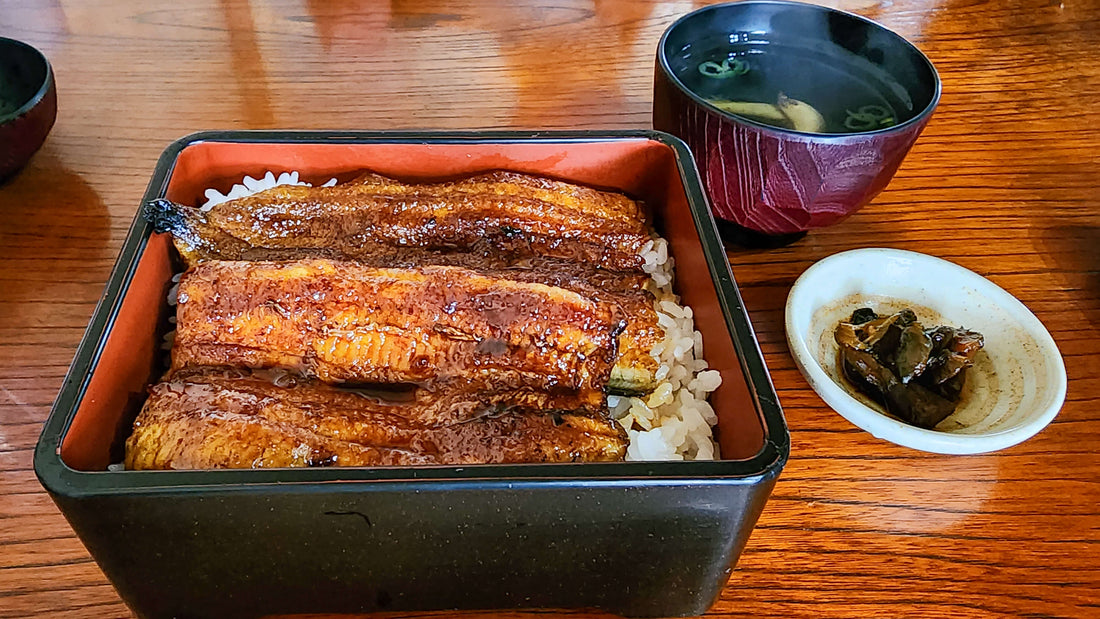Today, I would like to share 土用の丑の日(Doyo no Ushi no Hi) or “The Midsummer Day of the Ox”
Doyo is the period of 18 or 19 days before the beginning of each season (spring, summer, autumn, and winter).
Ushi No Hi is the day of the ox. This is named after one of the twelve animals of the Chinese zodiac.
The Midsummer Day of the Ox is the day that the Japanese people eat "Unagi" (eel).
This year, July 30 is that day.
Origin

There are various legends about how eels came to be served on the table on The Midsummer Day of the Ox.
One of the most popular is the theory that a universal scholar of the Edo period (1603-1867) recommended "it is good luck to eat something that starts with [u] on the day of the Ox. Since eels are in season in fall and winter, eels in summer were not popular, and sales at eel restaurants at that time were in a slump. However, when they put up a sign saying "Today is the day of the Ox in Doyo", they became very prosperous. In addition, eels with their nutritional value attract much attention in summer, when the rainy season ends and the temperature rises dramatically, and people are especially susceptible to health problems. Since more and more people lose their appetite during the summer, the custom of eating eels, which are a source of energy, has taken root.
How to Enjoy Eels Even More
Here is the best beverage to enjoy when eating eel.

If you want to enjoy the fatty eel, the best drink to drink is the barrel sake with its refreshing aroma! It refreshes the palate and makes the flavor more intense. In the Edo period (1603-1867), when the custom of eating eels began, sake was stored in cedar barrels and transported to various places. Thinking back to the emotional landscape of the Edo period, take a sip of the chilled cask sake with your eel.
Trivia

Although it is not well known, shijimi (clam) is also eaten during the midsummer season. In fact, the custom of eating eel on the day of the Ox in midsummer began in the late Edo period (1603-1868), but shijimi had been eaten even before that. Shijimi was a familiar food for the common people. This is because shijimi is in season in summer. It was eaten during the summer season as a good food to prevent summer fatigue. In addition, shijimi during this season is said to have an intestinal regulating effect, and it was said that "Doyo shijimi is a medicine for the stomach".
Trivia 2
In fact, there are some things that should not be done during this period.
During this period, the god of the soil, Dokonjin, is said to be in the earth, and it is said that it is not good to move the earth during this period. It is said that the god, who prefers to spend his time in the earth, does not like or gets angry if the earth is dug up. Moving the soil includes the following actions.
Moving the soilPulling weeding
Digging wells and holes
Building additions, renovations, and construction of foundations.
Of course, there is no scientific basis for this practice, but it is based on an old tradition.

The hot summer is still going on. Let's get over the heat by making the most of what we eat and our lifestyles ![]()

